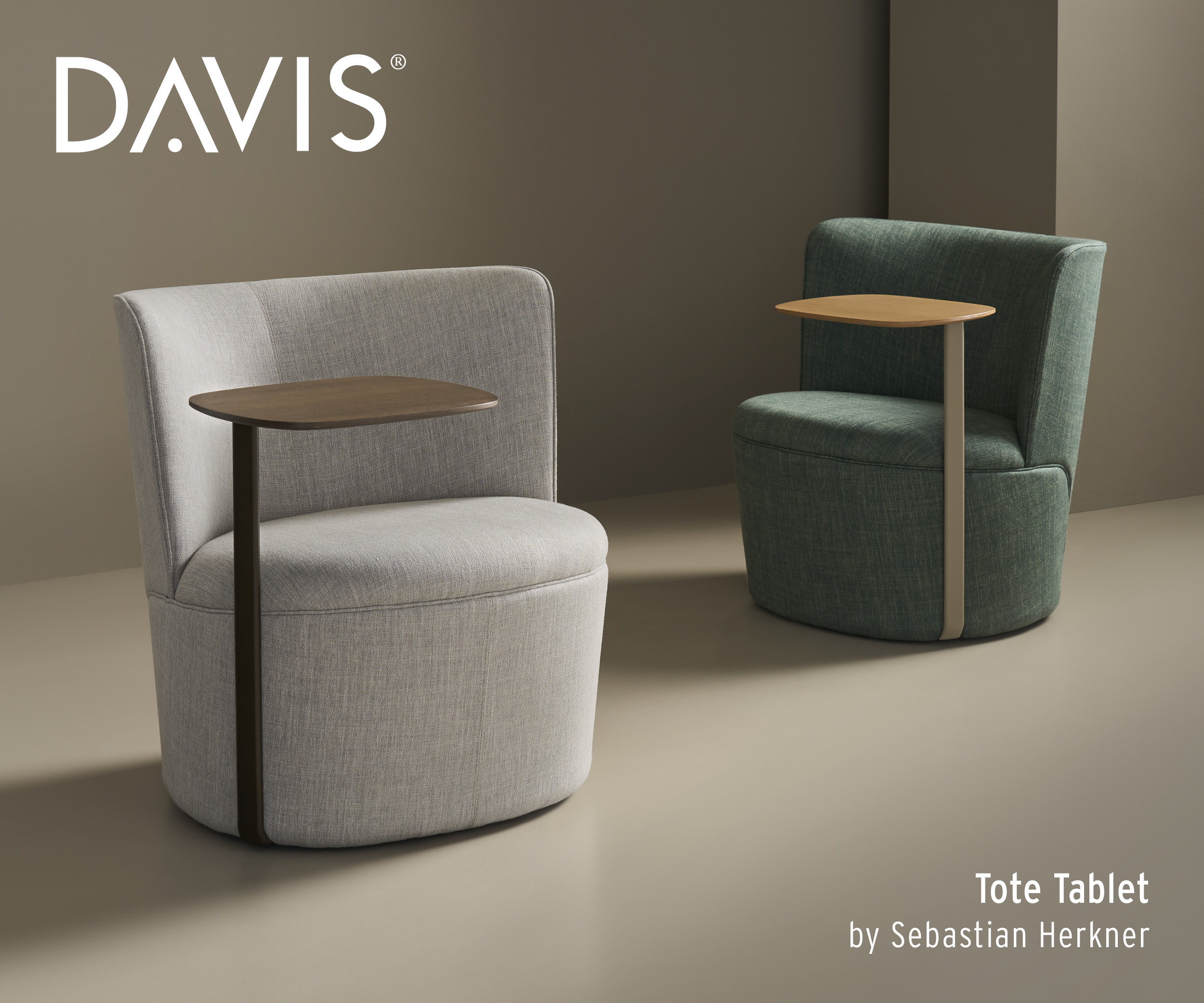Thinking Through Hot Desking In An Office
Only several years ago, it was normal to see 1:1 ratios between employees and cubicles. But as business practices and office designs modernize, the number of employees per desk is actually going up. One contributing factor is Hot Desking.
The idea behind hot desking is that each employee is not assigned a particular desk, but rather given a variety of places to work within an office that might include desks, casual seating areas, conference spaces, or a cafe. Many times, there are actually less desks than employees.
Making it Work
It would be incorrect to say that all companies could or need to implement hot desking, but many companies have seen positive results from their adjustment in workstation policy. Let’s take a look at how they did it.
Modernized and Modular Systems
One reason companies have found it difficult to imagine hot desking is because workstations can be jam-packed with personal items and work-related paperwork. In order to alleviate those problems, companies like UVIT have done away with paper files for their mobile workforce. Other companies provide lockers or other spaces to store necessary personal items. [1]
Consolidating Part-Time and Sales Employees
Some employers find that a large portion of their workforce are part-time or sales staff that are regularly out of the office and whose desks sit empty for large portions of the day. Companies like ICL have consolidated those workstations to hot desks to maximize efficiency and floor space. In 2002 ICL had 320 desks supporting 600 people. [2]
Teams
While showing up every day with no desk and no organization might be confusing, some companies have solved the problem with breaking down the workforce in teams. Macquerie Bank’s employees are given a locker for personal storage and an anchor point where they can congregate with their team at the beginning of the day. Then they choose a place to work – anywhere in the building.[1]
Real World Problems
Not trying to paint a rose colored view of hot desking, it is essential that we look at some of the negatives that arise.
TBWA Chiat/Day
In a fantastic article in Wired, we see an interesting approach to maintaining the freshness:
“[Jay Chiat] declared that “nesting” – parking in any one place for more than a day – was strictly forbidden. In the “Chiat High” he’d created, he acted as both principal and hall monitor. Says Rabosky: “Jay would walk around, and he’d give you this look and say, ‘Did you sit here yesterday?’ And he’d make you get up and move.”
It seems like hot desking, at least in this particular environment was either unnecessary or too ahead of its time. Basically, people were uprooted from their personal spaces in one office and told that that wasn’t how it was going to be any more. If we can learn something from this, it is probably that a gradual and measured approach probably works better.
Less Team Cohesion and the Need for Familiarity
A 2008 study also found “that employees that do not have a desk of their own have a weaker sense of cohesion within a team”. [4]
Many employees also feel a sense of belonging and desire to call a space their own. [5]
Balance and Understanding
As you may have observed, hot desking is not for all companies everywhere. Instead it is another unique tool that some companies have used to successfully mitigate inefficient office spaces or spur collaboration. Lets take a look at some tips that might help you when considering hot desking:
- Make sure it makes sense for your line of work
- Find out what employees think of the idea
- Install necessary technology
- Don’t just flip the switch overnight
- Add a couple workstations and encourage employees to try moving around























